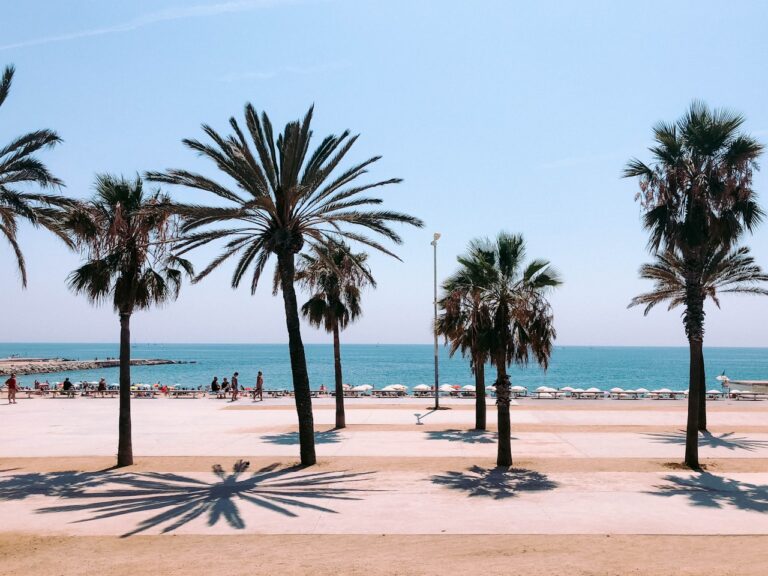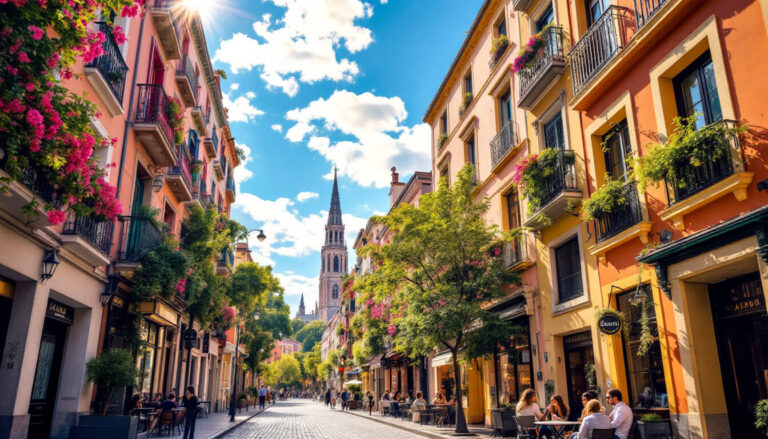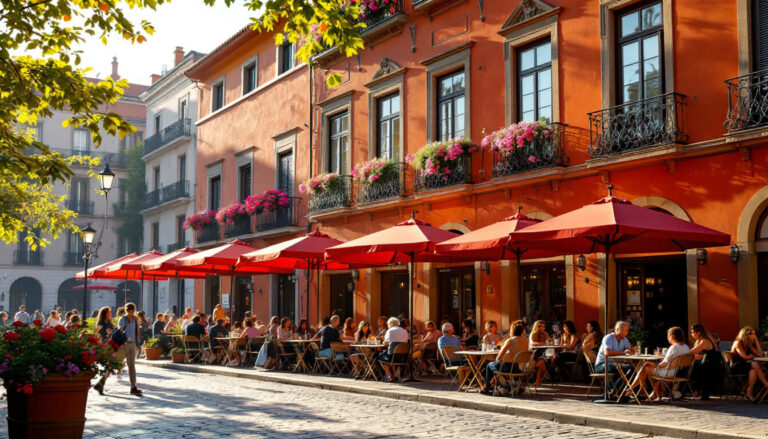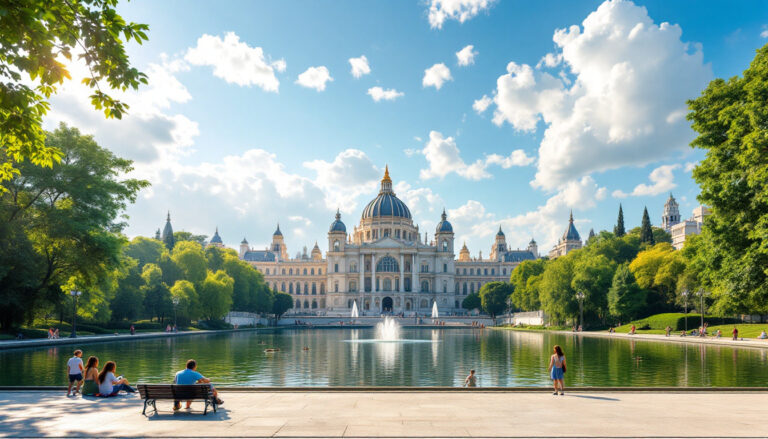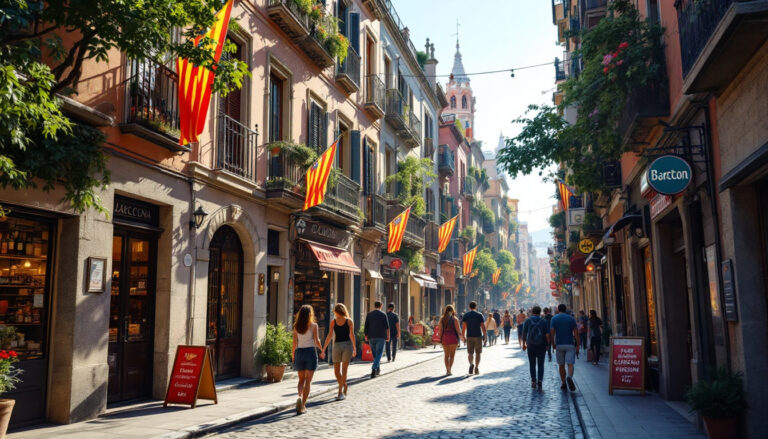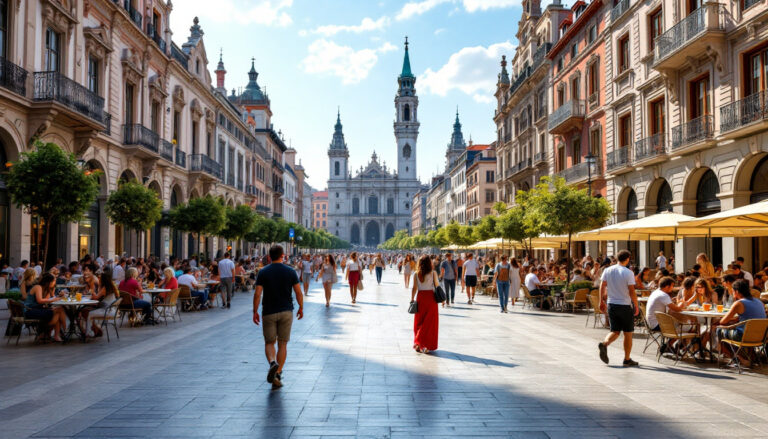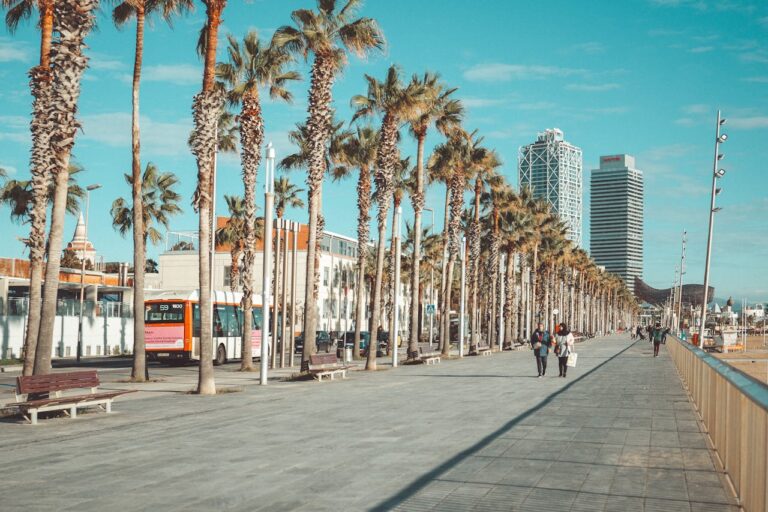
Spain
Spain provides a diverse travel experience across its 17 autonomous communities, each offering unique heritage, landscapes, and cultural attractions. This Mediterranean country seamlessly blends age-old traditions and modern conveniences within an area of 505,990 square kilometers, featuring varied terrains from snowy mountain ranges to sunlit beaches.
Madrid is both the geographic and cultural heart of Spain, serving as the country’s capital city. Renowned museums, such as the Prado Museum with its collection of over 8,600 paintings attracting approximately 3 million visitors each year, enrich Madrid’s cultural scene. The city has lively neighborhoods ranging from historical squares dating back to the Habsburg era to modern districts bustling with tapas bars and boutique shops.
Barcelona is distinguished by innovative architecture within its thoughtfully planned urban spaces. The city’s nine UNESCO-recognized buildings include seven designed by Antoni Gaudí, whose unique style has shaped its visual identity. Historical elements like the Gothic Quarter, with its Roman walls from the 4th century BC, complement contemporary features such as the waterfront area that was completely renovated for the 1992 Olympic Games.
The southern region of Andalusia vividly preserves Spain’s Moorish heritage within its main cities. Granada’s famous Alhambra palace complex, visited daily by around 8,500 people, showcases outstanding Islamic architecture and lush gardens that date back to the 13th century. In Córdoba, the Mezquita-Cathedral illustrates the rich layering of diverse cultural influences distinctive of Spanish history.
Spain’s coastal destinations attract over 45 million beachgoers each year. The Costa del Sol enjoys roughly 320 sunny days annually, while the Atlantic beaches in Galicia provide picturesque scenery and freshly-caught seafood. Mediterranean locations like the Balearic Islands and the Canary Islands, positioned closer to the African continent, each offer distinct island experiences as part of Spain’s territory.
Food and drink are integral to Spain’s cultural identity. The country is responsible for 44% of global olive oil production and boasts 4,200 kilometers of wine routes that traverse numerous wine-producing regions. Each area takes pride in distinct local culinary specialties, ranging from Galician-style octopus (“pulpo”) to paella from Valencia and Catalonia’s crema catalana dessert.
Regional festivals highlight Spanish traditions throughout the year. The city of Valencia commemorates Las Fallas with over 700 artfully created sculptures, which are ceremonially burned on the festival’s final evening. Meanwhile, Buñol hosts La Tomatina, involving participants throwing around 145,000 kilograms of tomatoes in the world’s largest food-fight event.
Spain’s extensive transportation networks reliably connect its varied regions. The country maintains over 15,000 kilometers of high-speed and conventional railways complemented by widespread bus services reaching even smaller towns. Major urban centers host well-developed metro systems, exemplified by Madrid’s expansive subway network extending 294 kilometers and covering 302 stations.
The country experiences varied climatic conditions depending on the region. Northern Spain shares similarities with temperate Atlantic Europe, receiving around 1,000-1,500 millimeters of rainfall annually. In contrast, southern areas enjoy a Mediterranean climate defined by hot, dry summers, whereas inland regions tend to have continental weather patterns characterized by significant seasonal temperature fluctuations.

